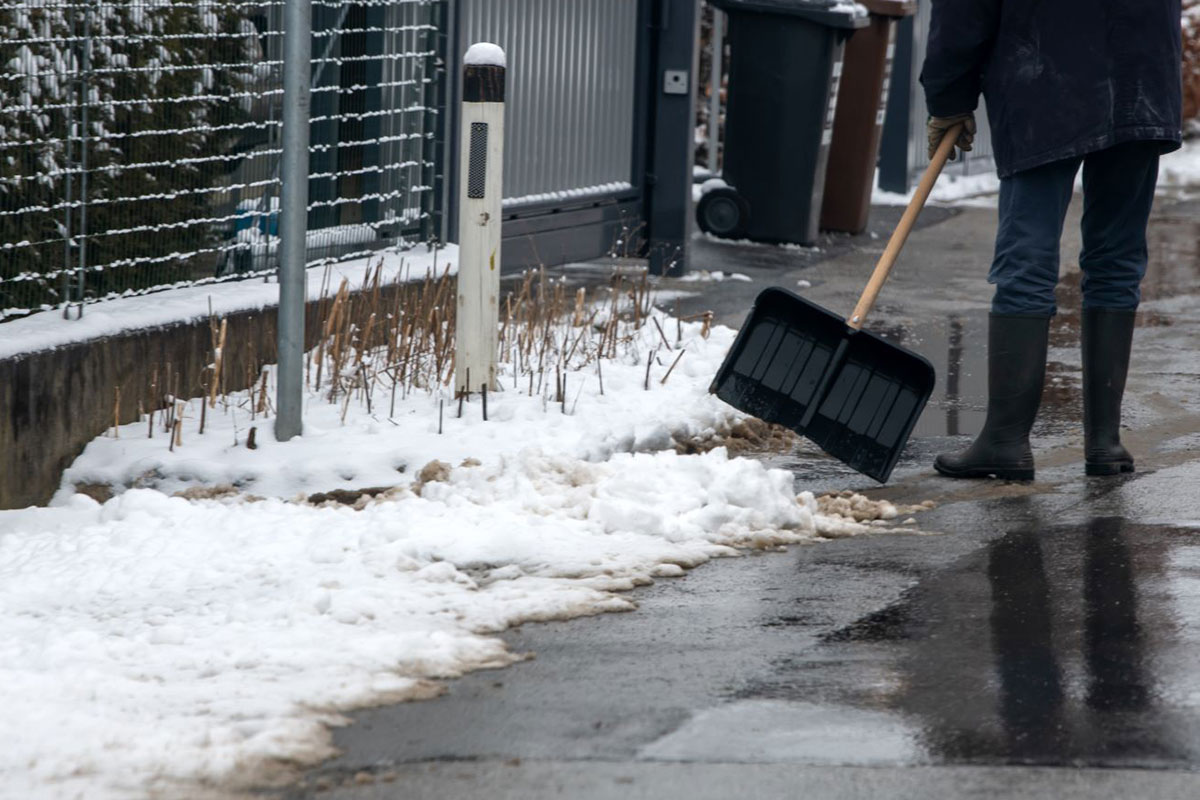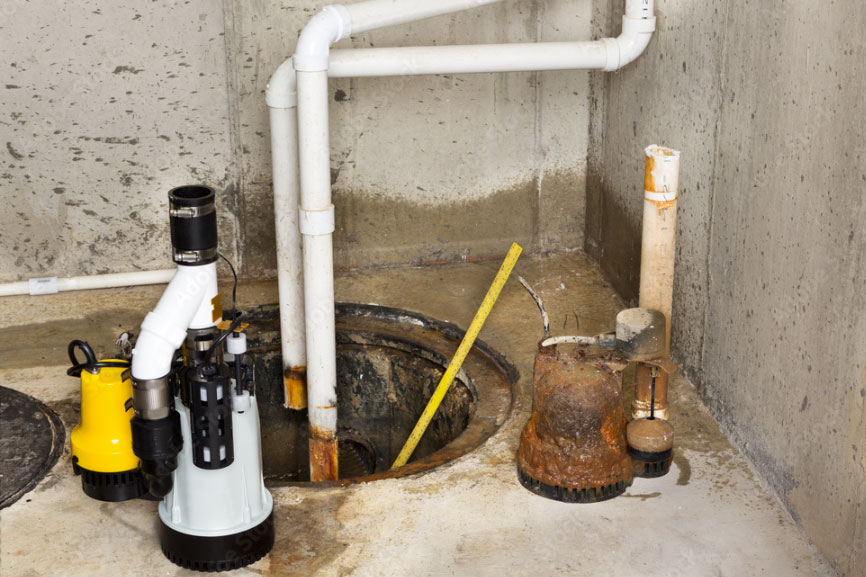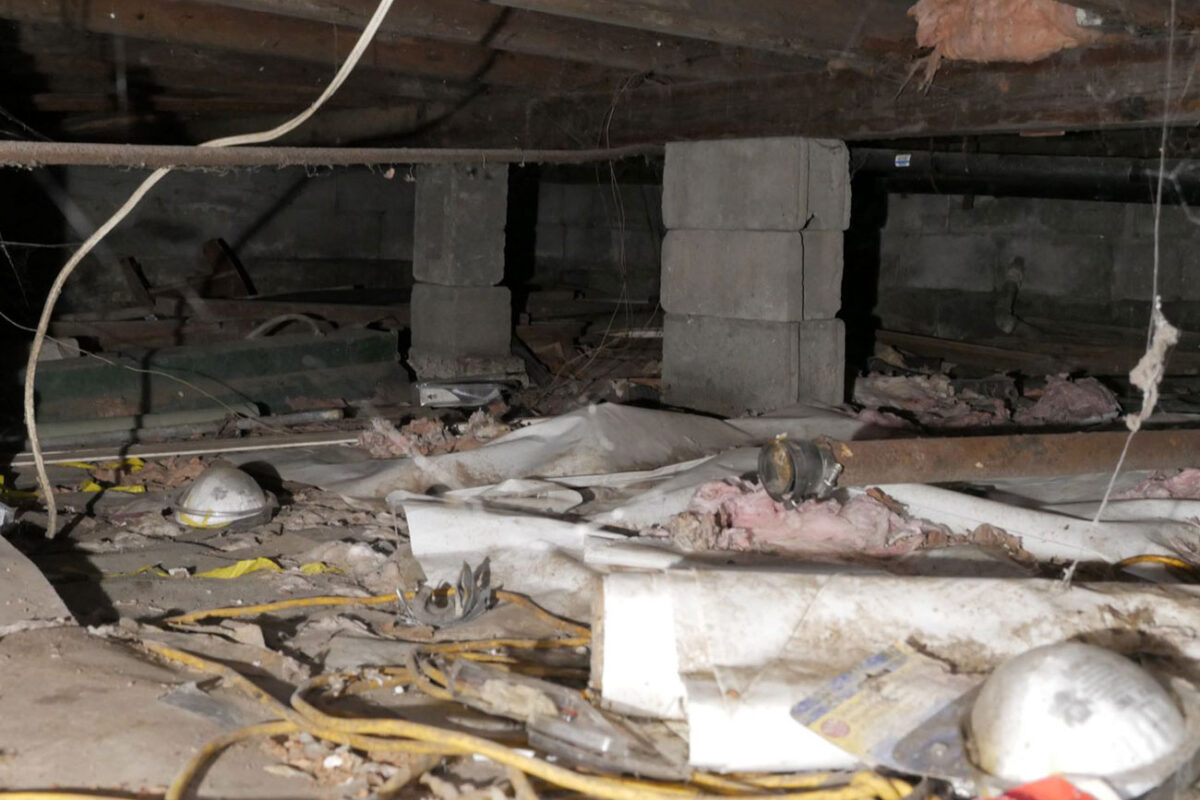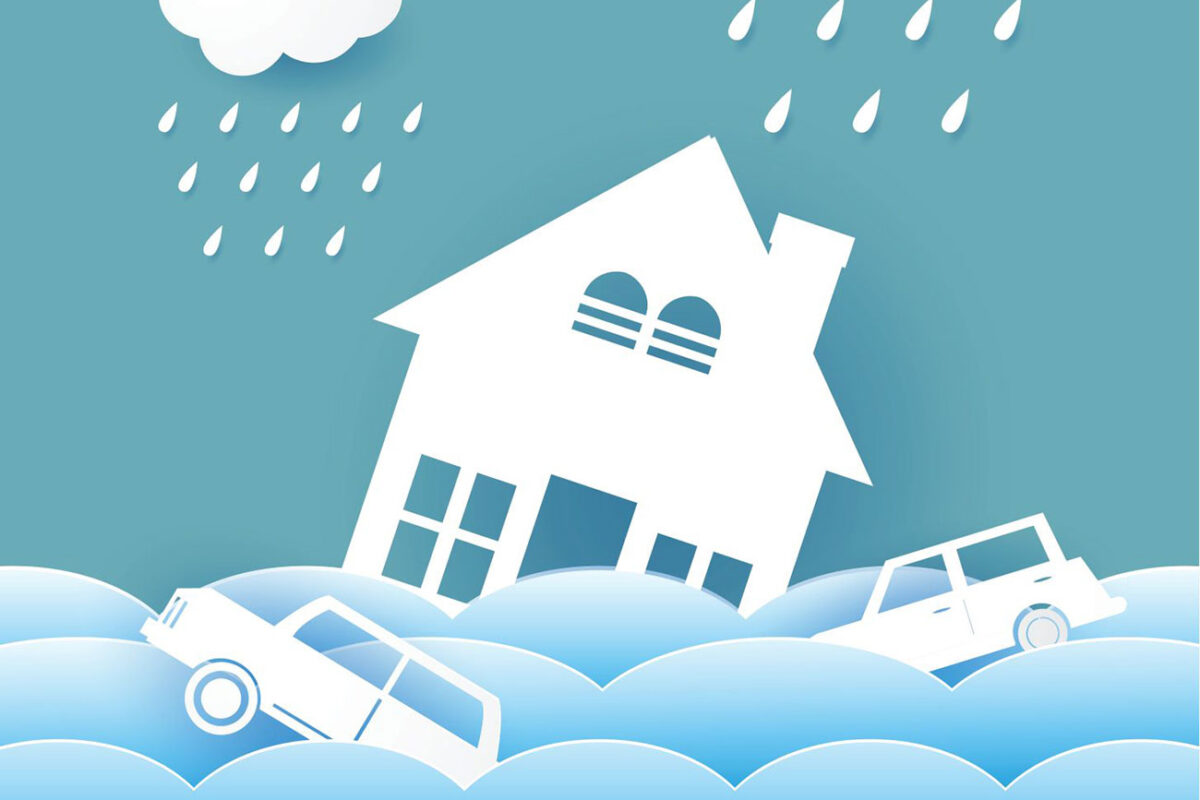Picture this: You’ve been looking forward to your vacation for months. Your bags are packed, your itinerary is set, and you’re ready to finally unwind. But as you step out the door and lock it behind you, that nagging worry creeps in, “What if my basement floods while I’m away?” It’s a valid concern. You know that your sump pump won’t turn on if the power goes out and your spouse convinced you a battery backup wasn’t necessary. You’re in quite the dilemma.
4 Powerful Reasons to Waterproof in the Wintertime
As the winter season approaches, homeowners mostly shift their attention from outdoor maintenance to staying cozy indoors. However, you may be surprised to hear this is the ideal time to address a critical aspect of your home’s protection – basement waterproofing. I know, I know, it may not be the most obvious winter project, but there are 4 powerful reasons you should waterproof your basement or crawl space during the colder months. Let’s dive in.
When Should I Replace My Sump Pump?
Your sump pump is a critical component of your home’s waterproofing system, working tirelessly to keep your basement dry and prevent water damage. However, like all mechanical devices, sump pumps have a lifespan and may eventually require replacement. In this blog post, we’ll explore the key signs that indicate it’s time to consider sump pump replacement to ensure your basement stays protected.
The 5 Most Harmful Crawl Space Mistakes
Your crawl space may not be the most glamorous part of your home, but it plays a crucial role in maintaining its health and structural integrity. Unfortunately, many homeowners are living above crawl spaces that host a plethora of problems that could be easily avoided with the right knowledge and practices.
Do You Pass the Basement Flood Test? Find Out Now
As a homeowner, safeguarding your basement against flooding should be a top priority. A flooded basement can result in extensive damage, costly repairs, and a host of headaches you’d rather avoid. But how prepared are you to prevent basement floods and mitigate their consequences? Let’s find out by asking ten critical questions to assess your flood readiness.





